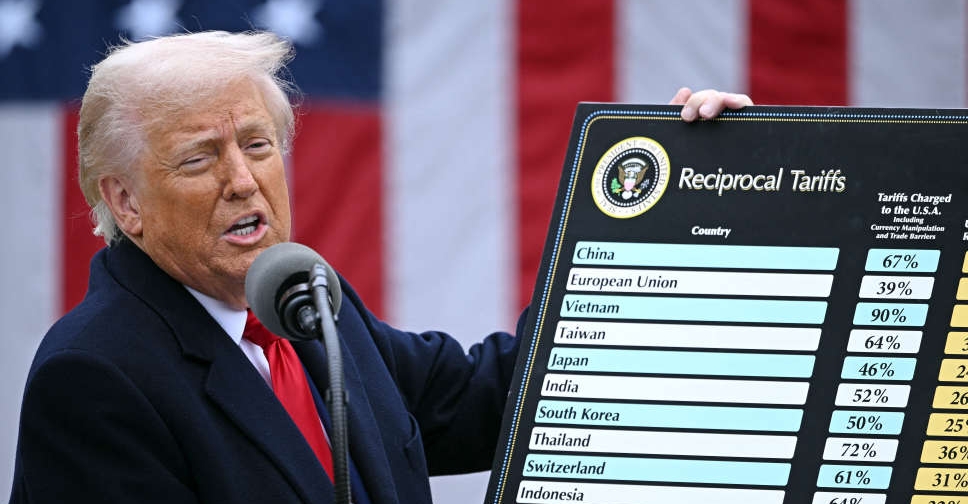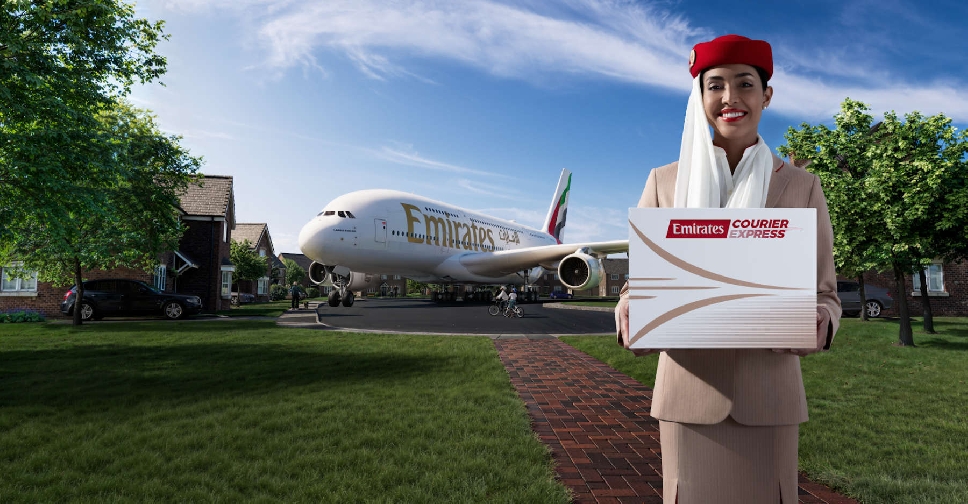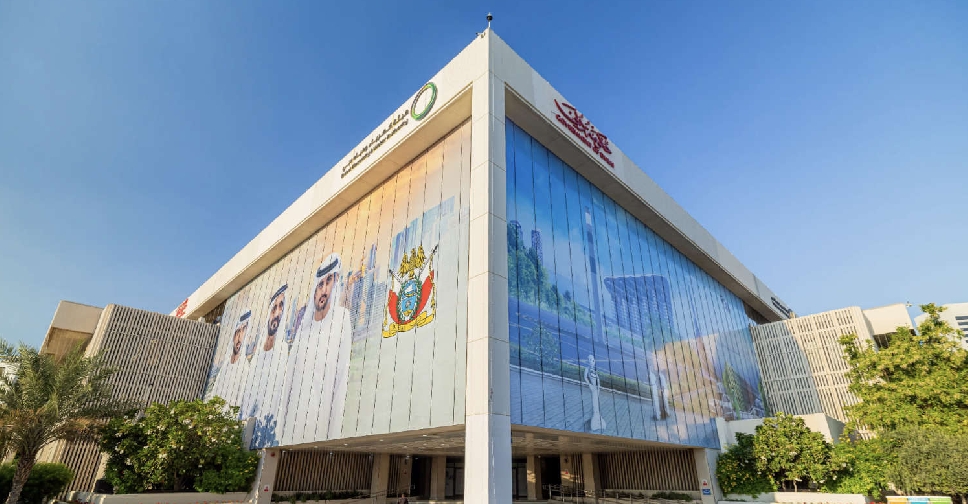
New data published by Statistics Centre Abu Dhabi (SCAD) in late September and data reported by Emirates NBD in October on Dubai's economy and on the UAE's purchasing managers' index (PMI) point to continued modest growth in mid-2016. The data suggest that the relatively diversified nature of the UAE economy has helped ensure the economy to expand, despite sharp cutbacks in fiscal spending in some of the individual emirates. The SCAD data show that the Abu Dhabi economy grew by 2.3 per cent year on year in real terms in the second quarter of 2016, having expanded by 2.2 per cent year on year in the first quarter. The oil sector currently accounts for around 49% of GDP in Abu Dhabi, reflecting the emirate's long-term drive to shift its economy away from a reliance on hydrocarbons. There were several notable trends sectorally in the Abu Dhabi economy; non-financial firms-which account for the bulk of the non-oil economy-registered steady if unremarkable growth of around 2.1 per cent year on year in the first and second quarter of the year. Meanwhile, the finance and insurance sector (around 10 per cent of Abu Dhabi GDP) has been consistently stronger, expanding by 6.1 per cent in the second quarter (2.9 per cent in the first quarter), suggesting that financial institutions are coping well with shakier credit sentiment, the tighter regional liquidity conditions and weaker profit opportunities.



 Trump to impose 10% tariff on UAE, Saudi Arabia imports
Trump to impose 10% tariff on UAE, Saudi Arabia imports
 UAE tops global entrepreneurship rankings for 4th straight year
UAE tops global entrepreneurship rankings for 4th straight year
 Emirates launches express delivery service
Emirates launches express delivery service
 DEWA reduces CO2 emissions with increased electricity, water efficiency
DEWA reduces CO2 emissions with increased electricity, water efficiency




